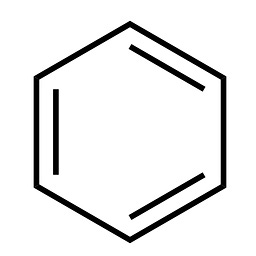Michael Nielsen and Kanjun Qiu recently published a massive essay entitled “A Vision of Metascience: An Engine of Improvement for the Social Processes of Science.” Metascience, the central topic of the essay, is science about science.
Spoilers below for Ursula Le Guin’s short story “The Ones Who Walk Away From Omelas.” If you haven’t read it, it’s short—go and do so now! TW: child abuse, suicide. In her short story “The Ones Who Walk Away From Omelas,” Ursula Le Guin describes an idyllic town (Omelas) built entirely on the misery of a single, innocent child.

The failure of conventional calculations to handle entropy is well-documented. Entropy, which fundamentally depends on the number of microstates accesible to a system, is challenging to describe in terms of a single set of XYZ coordinates (i.e. a single microstate), and naïve approaches to computation simply disregard this important consideration.
Talent, by Tyler Cowen and Daniel Gross, is a book about talent selection—in other words, a book about hiring. Although I confess this sounded very boring to me initially, the authors address this concern right away: Talent search is one of the most important activities in virtually all human lives.

In our recently published work on screening for generality, we selected our panel of model substrates in part using cheminformatic techniques.

In the course of preparing a literature meeting on post-Hartree–Fock computational methods last year, I found myself wishing that there was a quick and simple way to illustrate the relative error of different approximations on some familiar model reactions, like a "report card" for different levels of theory.
Who is Peter Thiel? Tyler Cowen calls him one of the most important public intellectuals of our era. Bloomberg called him responsible for the ideology of Silicon Valley “more than any other living Silicon Valley investor or entrepreneur.” Depending on who you ask, he’s either a shadowy plutocratic genius or a visionary forward-thinking genius: but everyone seems to at least agree that he’s a genius.

This is the second in what will hopefully become a series of blog posts (previously) focusing on the fascinating work of Dan Singleton (professor at Texas A&M). My goal is to provide concise and accessible summaries of his work and highlight conclusions relevant to the mechanistic or computational chemist.

Over the past few weeks, I’ve been transfixed, and saddened, by Eric Gilliam’s three-part series about the history of MIT (my alma mater). I’ll post a few quotations and responses below, but if you’re interested you should just go read the original essays (

Organic chemists often think in terms of potential energy surfaces, especially when plotting the results of a computational study. Unfortunately it is non-trivial to generate high-quality potential energy surfaces. It's not too difficult to sketch something crude in ChemDraw or Powerpoint, but getting the actual barrier heights correct and proportional has always seemed rather tedious to me.
